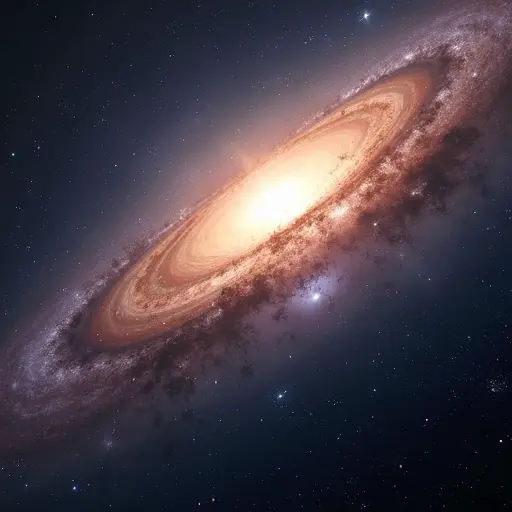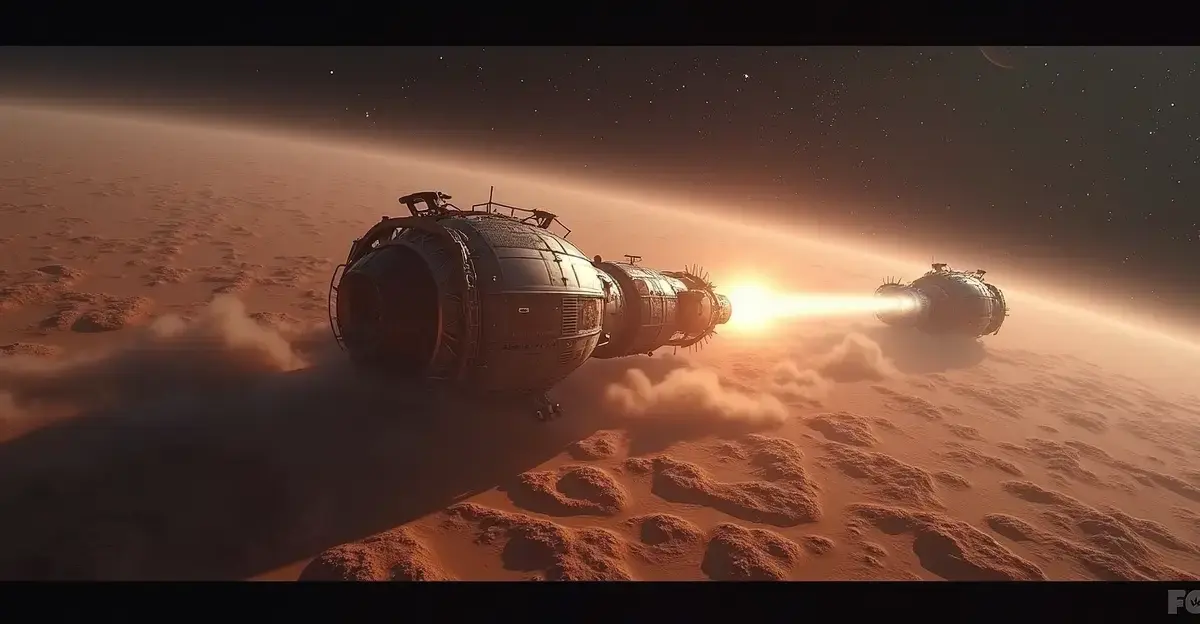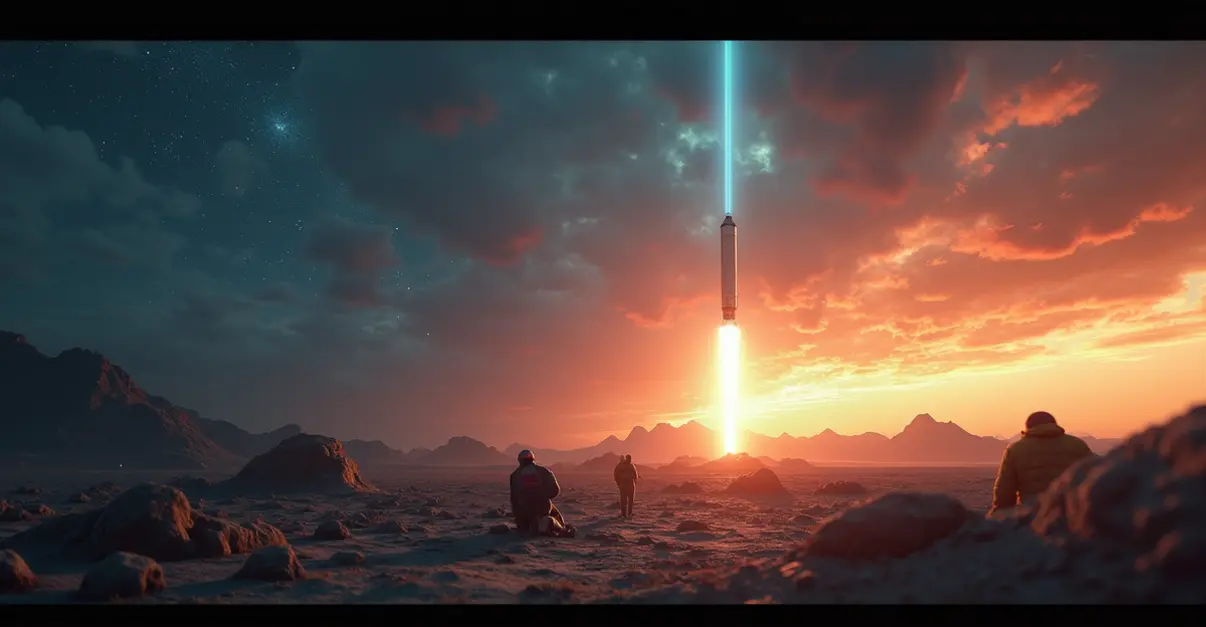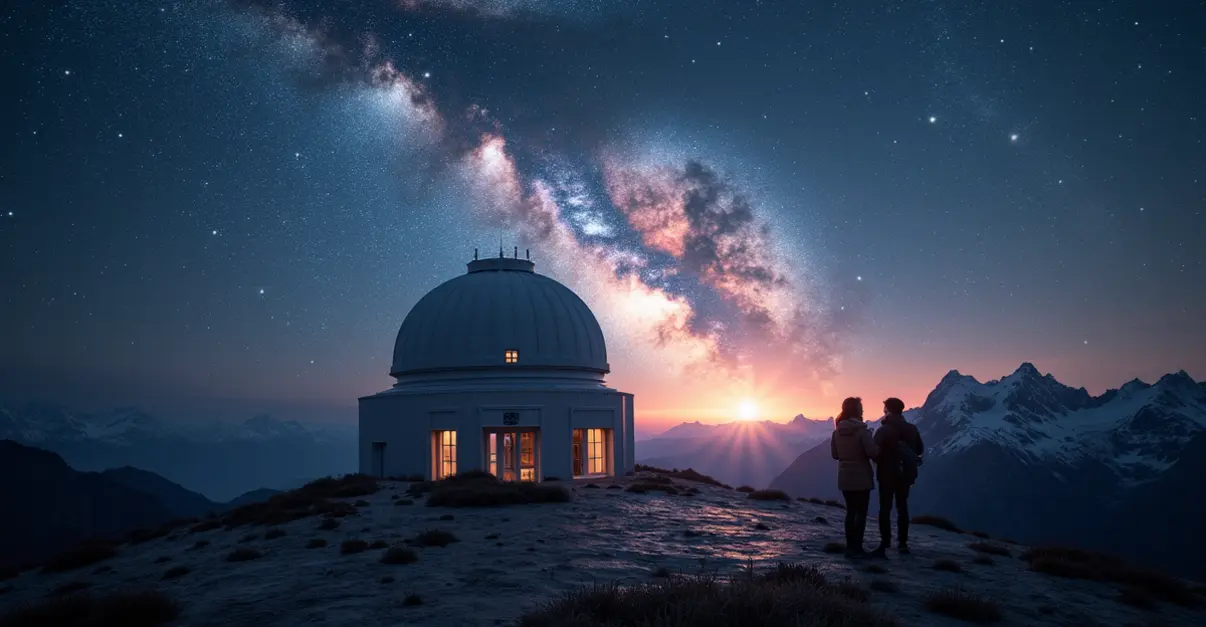Celebrating 35 years of the Hubble Space Telescope, this article reflects on its launch, scientific contributions, and future prospects, including iconic images and potential maintenance missions.

On April 24, 1990, the Hubble Space Telescope was launched aboard the Space Shuttle Discovery, marking a pivotal moment in astronomy. For 35 years, Hubble has provided unparalleled views of the cosmos, free from Earth's atmospheric distortions. This article explores Hubble's launch, maintenance missions, iconic images, and scientific legacy, while looking ahead to its future.
Hubble's journey began with challenges, including a flawed mirror that was later corrected during servicing missions. Over the years, upgrades like the Wide Field Camera 3 and Cosmic Origins Spectrograph enhanced its capabilities. Hubble has conducted 1.7 million observations, generated over 400 TB of data, and contributed to 22,000 scientific papers.
To celebrate its 35th anniversary, ESA and NASA highlighted seven iconic images, showcasing Hubble's versatility in capturing planetary details, star formation, and distant galaxies. Despite its age, Hubble is expected to remain operational until 2035, with potential robotic maintenance missions under consideration.

 Nederlands
Nederlands
 English
English
 Français
Français
 Deutsch
Deutsch
 Español
Español
 Português
Português









